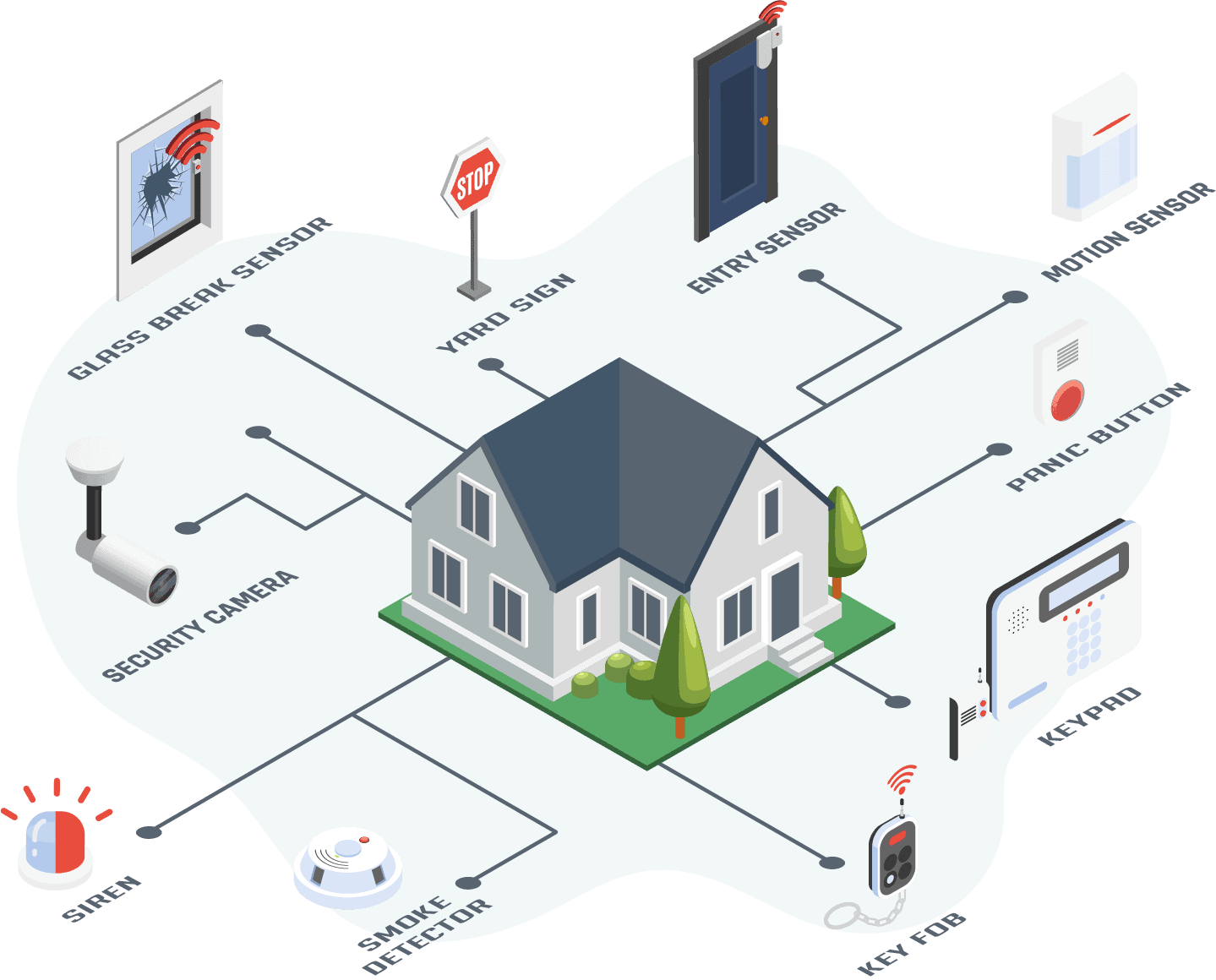Introduction
Embedded systems engineering is a critical and ever-evolving field that intersects hardware and software to create intelligent, dedicated systems that perform specific tasks or functions within a larger framework. These systems are pervasive, found in almost every aspect of our daily lives, and are integral to the operation of numerous industries such as automotive, healthcare, aerospace, and consumer electronics.
The Diverse Applications of Embedded Systems
Embedded systems can be found in a myriad of applications, and their versatility is one of the primary reasons why they are so essential in modern technology. Here are some of the most common areas where embedded systems engineers contribute their expertise:
- Consumer Electronics
From your smart TV to your fitness tracker, embedded systems engineers are responsible for designing the hardware and writing the software that makes these devices function seamlessly. Their work involves optimizing power consumption, ensuring user-friendly interfaces, and providing over-the-air software updates.
- Automotive Industry
Modern vehicles are equipped with numerous embedded systems, ranging from engine control units (ECUs) that optimize fuel efficiency to advanced driver-assistance systems (ADAS) that enhance safety. Embedded systems engineers in the automotive industry work on developing these systems to make our vehicles smarter and safer.
- Healthcare
In the healthcare sector, embedded systems are used in medical devices such as pacemakers, infusion pumps, and diagnostic equipment. Engineers in this field focus on reliability, real-time data processing, and adherence to strict regulatory standards to ensure patient safety.
- Industrial Automation
Factories and manufacturing plants rely on embedded systems for process control, robotics, and monitoring. Engineers here create systems that improve efficiency, reduce errors, and enhance productivity.
The Skills of an Embedded Systems Engineer
To excel in this field, embedded systems engineers need a diverse set of skills and a deep understanding of both hardware and software. Here are some of the key skills required:
- Programming Skills
Embedded systems engineers must be proficient in programming languages such as C and C++. They need to write efficient and optimized code that runs on resource-constrained hardware.
- Hardware Knowledge
A strong foundation in electronics and hardware design is crucial. Engineers need to understand microcontrollers, sensors, and other hardware components.
- Real-time Systems
Many embedded systems operate in real-time environments, requiring engineers to have expertise in real-time operating systems (RTOS) and synchronization mechanisms.
- Problem-Solving Abilities
Debugging and troubleshooting are daily tasks for embedded systems engineers. Strong problem-solving skills are essential to identify and resolve issues efficiently.
- Communication Skills
Collaboration is key in engineering projects, and embedded systems engineers need to communicate effectively with cross-functional teams, including software developers, hardware engineers, and project managers.
- Regulatory Knowledge
In industries like healthcare and automotive, engineers must be aware of and compliant with industry-specific regulations and standards.
The Impact of Embedded Systems on Innovation
The work of embedded systems engineers has a profound impact on innovation across various industries. Here are a few ways in which they contribute to progress:
- Advancing Technology
Embedded systems engineers are at the forefront of technological advancements, pushing the boundaries of what is possible. They enable the development of new features, improved performance, and enhanced user experiences.
- Enhancing Efficiency
In industrial settings, embedded systems play a crucial role in automation, resulting in increased efficiency, reduced waste, and lower production costs.
- Improving Safety
In fields like healthcare and automotive, embedded systems are integral to ensuring the safety of users. Systems that monitor and respond to critical situations help save lives and prevent accidents.
- Enabling Connectivity
With the rise of the Internet of Things (IoT), embedded systems engineers are creating devices that can communicate with each other and with the internet, opening up new possibilities for remote monitoring and control.
Challenges in Embedded Systems Engineering
While the role of an embedded systems engineer is rewarding, it comes with its fair share of challenges:
- Resource Constraints
Embedded systems often have limited resources in terms of memory, processing power, and energy. Engineers must optimize their designs to make the most of these constraints.
- Security Concerns
As embedded systems become more interconnected, they become potential targets for cyberattacks. Engineers must prioritize security to protect against vulnerabilities.
- Evolving Standards
Industries like automotive and healthcare are subject to evolving regulations and standards, which can impact the development process and require engineers to stay up-to-date.
- Complex Debugging
Identifying and fixing bugs in embedded systems can be complex, as issues can arise from both hardware and software interactions.
Conclusion
Embedded systems engineers are unsung heroes behind the scenes, shaping the technology we rely on daily. Their work is integral to the progress of numerous industries and plays a crucial role in making our lives safer, more efficient, and more connected. As technology continues to evolve, the demand for skilled embedded systems engineers will only grow, highlighting the significance of this field in the modern world.
In conclusion, the role of an embedded systems engineer is not only challenging but also immensely rewarding, offering opportunities to innovate, solve complex problems, and make a tangible impact on the way we live and work in an increasingly interconnected world.




